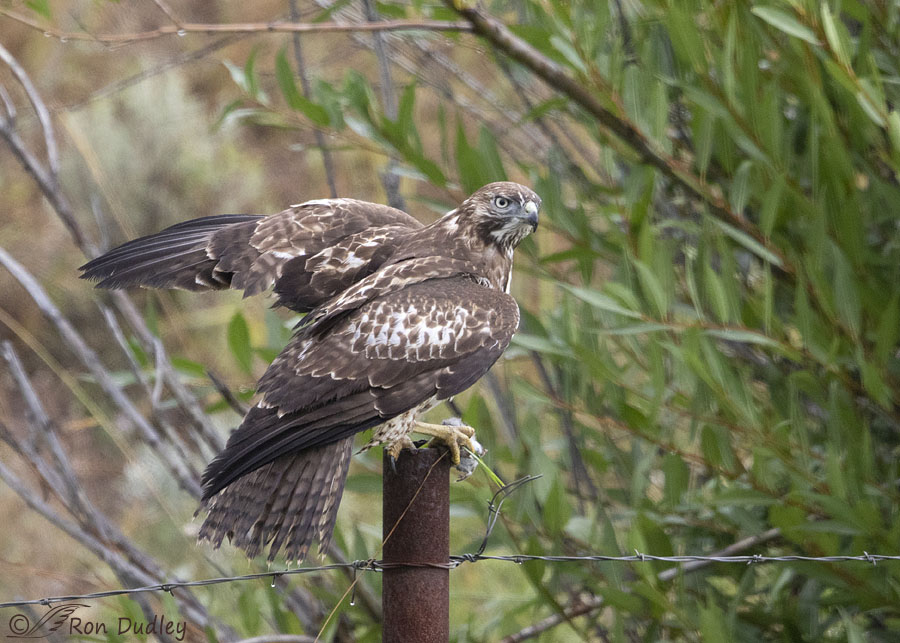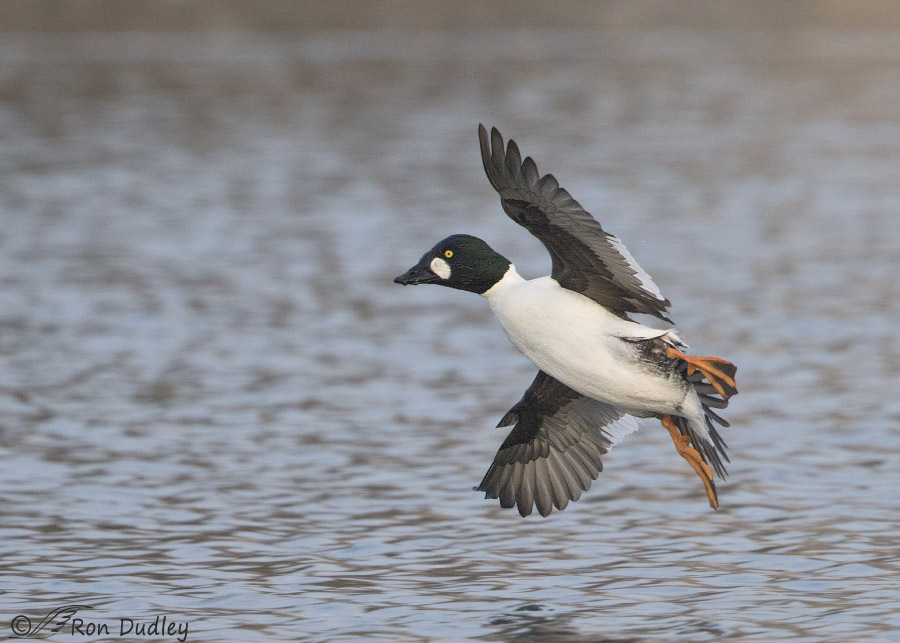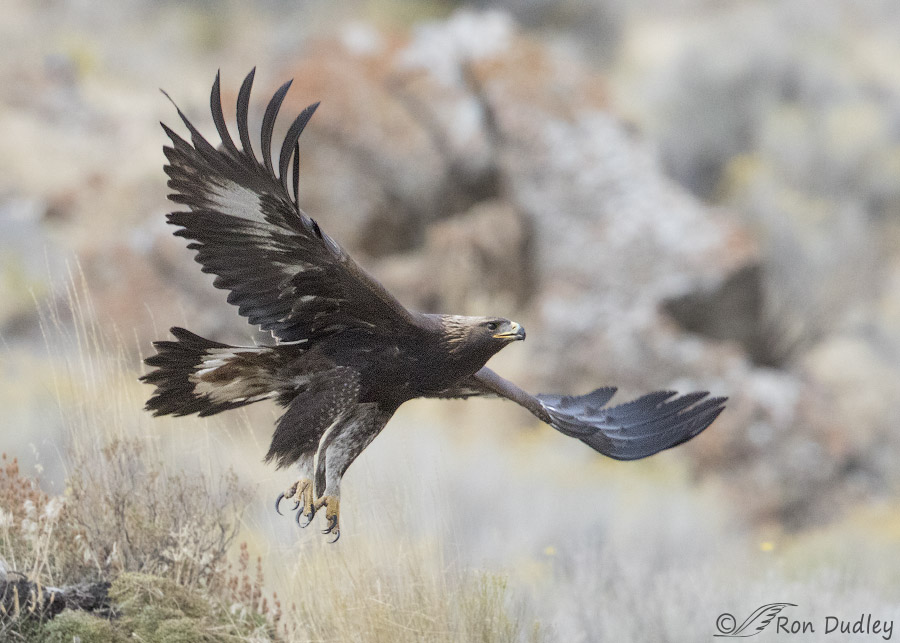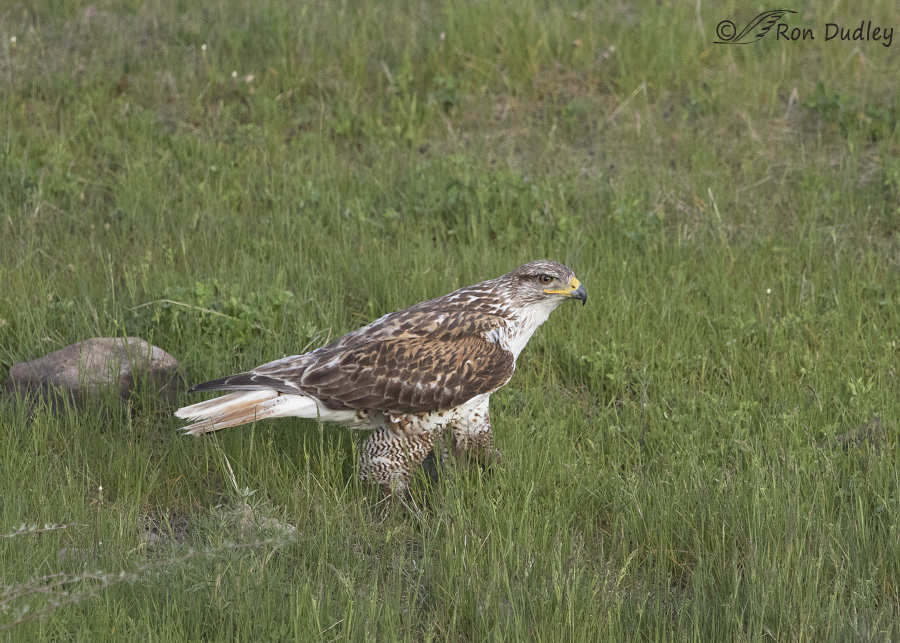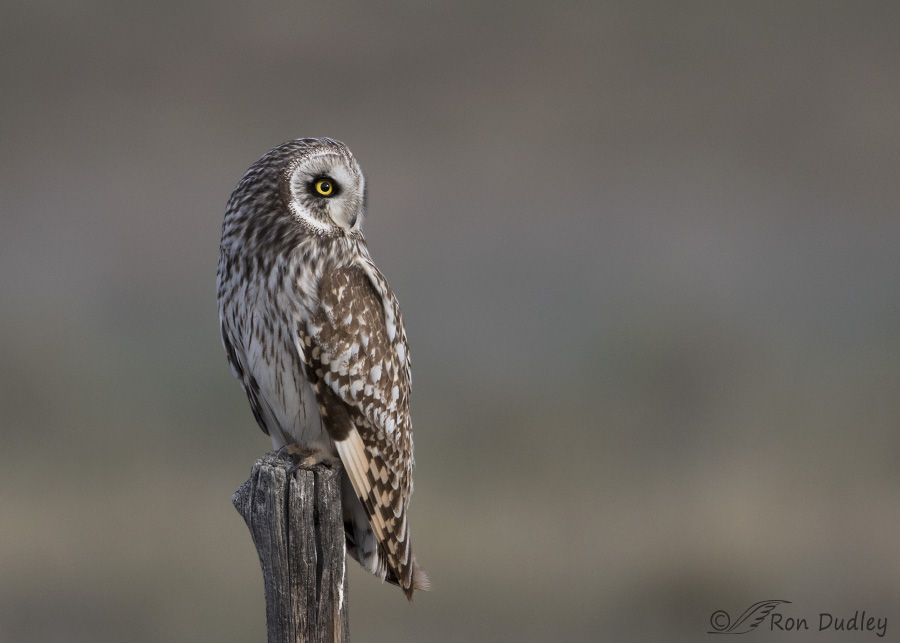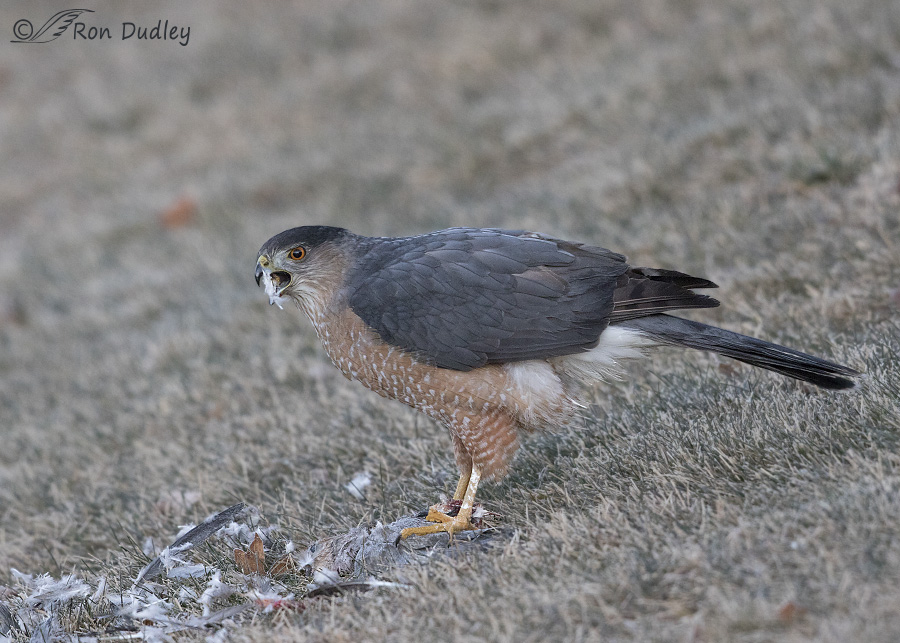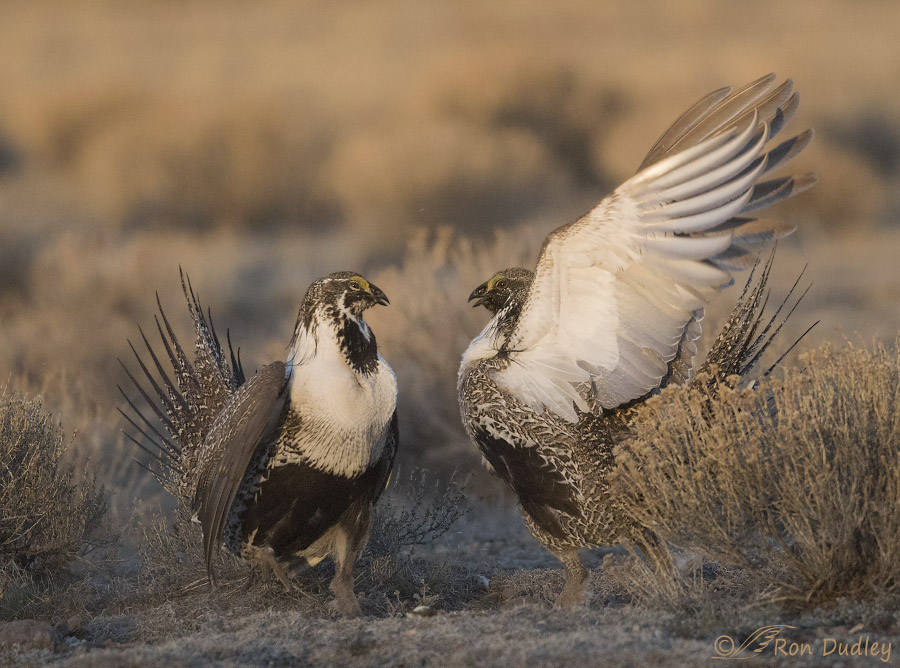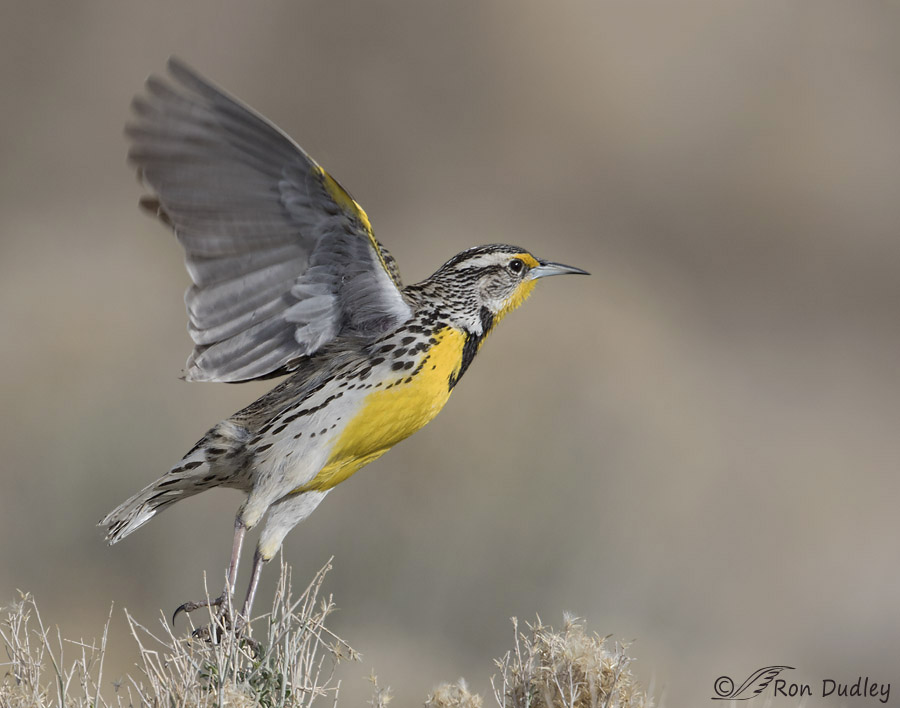Tag: high ISO
Male Common Goldeneye In Flight And Flaring To Land
Juvenile Golden Eagle In Flight
Feet-forward Takeoff From A Loggerhead Shrike
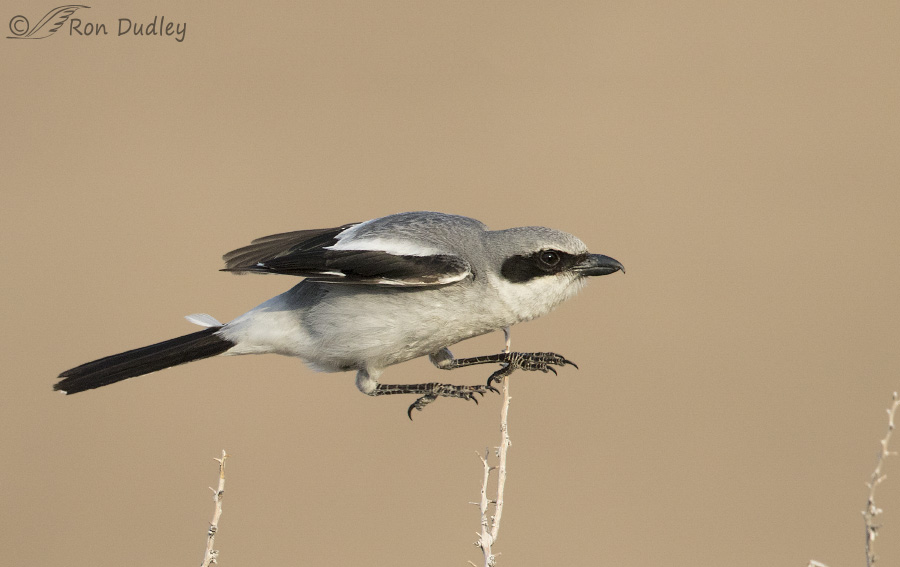
With birds it’s quite often the little things that grab my attention and they don’t come much smaller than this. It was subtle and quick, very quick, but it’s one of the strategies that can make the difference between a meal and going hungry. 1/1600, f/5.6, ISO 1250, Canon 7D Mark II, Canon EF 500mm f/4L IS II USM + EF 1.4 III Extender, not baited, set up or called in Yesterday morning on Antelope Island I caught this Loggerhead Shrike swallowing a spider (the island is absolutely loaded with spiders – the state park actually holds an annual Spider Festival). The shrike hunted from this perch for about 5 minutes – launching after potential prey and then returning to the same hunting platform. When this shot was taken the sun was behind a cloud so I decided to crank up my ISO to get a little more shutter speed for takeoff shots. Even at ISO 1250 I needed more SS than this to get the wings of the incredibly fast bird sharp at takeoff but I was already at a higher ISO than I almost ever go. 1/3200, f/5.6, ISO 1250, Canon 7D Mark II, Canon EF 500mm f/4L IS II USM + EF 1.4 III Extender, not baited, set up or called in Thankfully the sun came out four minutes later and doubled my shutter speed. An instant after this photo was taken the shrike spotted prey (probably an insect or another spider) directly in front of it. In a typical takeoff the shrike would avoid any obstacles by altering its direction of…
Ferruginous Hawk Looking For And Finding (mystery) Nesting Material
Short-eared Owl On An Old Wooden Fence Post
A Surprise Cooper’s Hawk On Prey (and a photographic mistake I continue to make)
More Fighting Sage Grouse And A Look At The Lek
The Balancing Act of Shutter Speed, ISO and Wing Motion-blur
Birds In A Christmas Morning Snowstorm
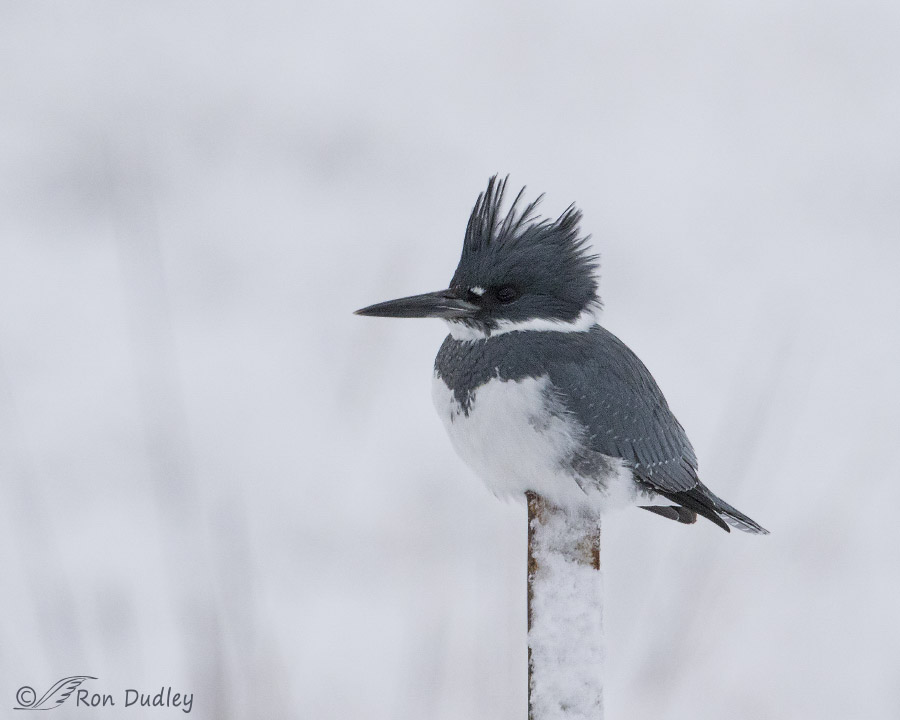
It’s been my Christmas tradition for years to spend part of the morning photographing birds. I usually have the place (wherever it might be) mostly to myself and personally I find communing with nature on Christmas morning to be quite appropriate and fulfilling. And yesterday’s snowstorm was pure delight.
Swainson’s Hawks In Different Types Of Light
It goes without saying that light angle, intensity and warmth can have huge effects on an image, both positive and negative. I thought it might be interesting to see the effects of different types of light on the same species – in this case, Swainson’s Hawks. 1/160, f/6.3, ISO 640, 500 f/4, 1.4 tc, natural light, not baited, set up or called in Here, the sun was low and the light warm. The light was directional (side lighting the bird) but it worked pretty well because the darker parts of the bird are in the direct light. The head angle is just right for this pose – if the head were angled any more toward me I’d have lost the catch light and light on the face. If it were turned any more away from me I’d have lost good eye contact. 1/1250, f/5.6, ISO 640, 500 f/4, 1.4 tc, natural light, not baited, set up or called in Like in the previous image, this hawk is side lit. The difference is that the bird has its light, creamy colored belly facing the sun so the whites, though they’re not blown out, are a tad too bright and lacking detail. 1/2000, f/6.3, ISO 500, 500 f/4, natural light, not baited, set up or called in I took this image a little later in the morning, so the light wasn’t so warm and at that angle enough of it is reflecting up from the ground to give me sufficient detail in the shaded, dark brown plumage…


